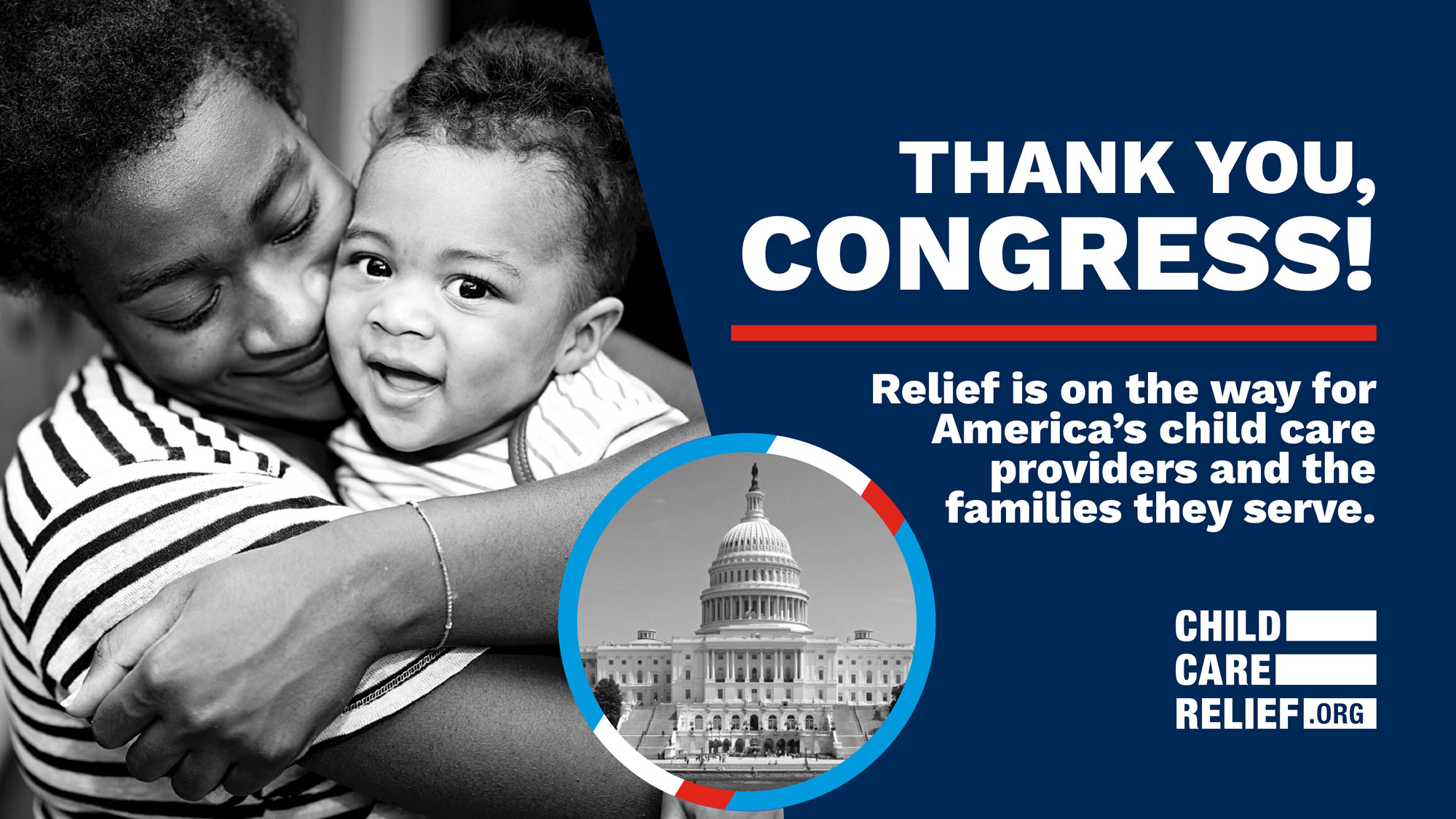
BY THE NUMBERS: COVID-19’S IMPACT ON CHILD CARE
Illinois

CHILD CARE IS ESSENTIAL TO
AMERICA’S ECONOMIC RECOVERY
• July state-by-state data from the National Association for the Education of Young Children (NAEYC) illustrates the dire circumstances for child care centers and family child care homes in Illinois. Of those surveyed:
› 50% of child care programs are certain that, without additional public assistance, they will close permanently.
› At the time the survey was open, 15% of child care centers and
14% of family child care homes remained closed.
› Of programs that are open, 97% are serving fewer children now than they
were prior to the pandemic. Overall, average enrollment is down by 63%.
› 93% of programs are paying more for cleaning supplies; 97% for personal protective equipment; and 48% are paying more for staff and personnel costs.
› Respondents were asked what supports their program received to help it survive. 72 programs said they received the Paycheck Protection Program, including 40 large child care programs and 32 small child care programs; of these, 25 are family child care homes and 22 are minority-owned businesses.
› 59% of programs responding to the survey have engaged in furlough, pay cuts, or layoffs.
› 32% of early childhood educators responding to the survey report accessing unemployment benefits.
› Assuming they are operating at 80% of capacity or less, 63% of programs responding to the survey expect to close within six months, if they don’t receive additional public support.
• According to the Center for American Progress, 141,214 licensed child care slots are at risk of disappearing, which represents 49% of licensed child care slots
• In March, 541 child care providers in Illinois responded to a NAEYC survey reporting that 31% would not survive closing for more than two weeks without significant public investment and support that would allow them to compensate and retain staff, pay rent, and cover other fixed costs.
• A second survey in April with 160 child care providers responding in Illinois indicated that 60% of child care programs were completely closed, with another 26% open only for children of essential workers.
› Of providers who are still open, 73% are operating at less than 25% capacity.
› 25% of respondents reported needing to either lay off or furlough employees, or reported being laid off or furloughed themselves. Another 38% anticipated such actions occurring in the next 1-4 weeks.
› 45% of respondents said they have applied for an SBA Loan. 60% were either worried about being able to pay back a loan or did not want to take out new loans.
• Illinois received $118.4 million in supplemental funds in the CARES Act to serve the children of front-line and essential workers and support providers yet, we know this is not enough to cover the impacts COVID-19 has had on the child care market and ensure providers will be there when the economy beings to open up. To read more about how your state has allocated its supplemental funding, click here.
MEDIA COVERAGE
WGLT: Working Parents And Closed Schools: The Childcare Struggle During COVID-19
NPR Illinois: Professor: Pandemic Costs Child Care Providers And Families
ABC – News Channel 20: Day cares in distress after many are excluded from state funding
The Telegraph: State plans $270M for child care providers
ABC 3 – WSIL TV: Daycares, parents look for answers before school starts
Chalkbeat Chicago: Chicago child care workers want better COVID protections. K-12 educators are watching.
The Center Square Illinois: As COVID-19 cases spike in Texas daycare centers, Illinois numbers remain low
Illinois Newsroom: Affordable Child Care Critical To Recovery, Women’s Economic Prospects, Says U Of I Economist
